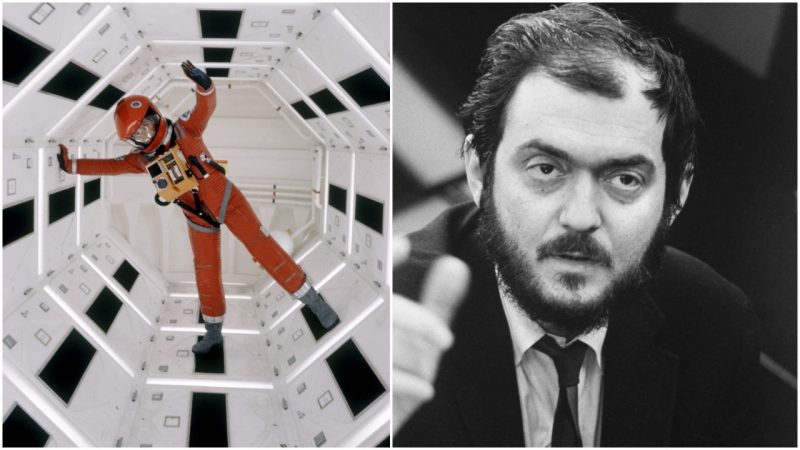If there’s one topic that has kept people caught up in endless debates, it’s the meaning of the end of the film 2001: A Space Odyssey.
Stanley Kubrick’s masterpiece, released in 1968, has intrigued, puzzled, and challenged audiences, particularly in its last half hour. The film depicts its star, Dr. David Bowman, played by Keir Dullea, alone on his spacecraft after he figured out a way to disengage the computer, HAL, that had already killed another astronaut.
Dullea’s mission is to learn the origin and purpose of a monolith. At one point he leaves his ship and is caught up in a rushing vortex of light and sound. Then he finds himself in a bedroom strangely decorated as if he were in the 18th century.
This is followed by Dullea aging, possibly dying, before transforming into an infant, an orbiting being some call the Star Child.
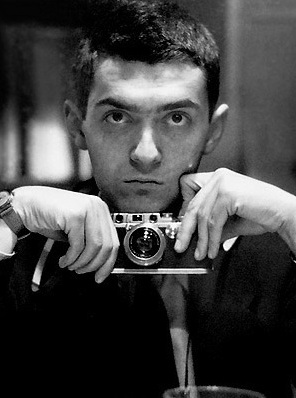
Some critics didn’t go for it. Renata Adler of The New York Times wrote: “By the end, three unreconciled plot lines — the slabs, Dullea’s aging, the period bedroom — are simply left there like a Rorschach, with murky implications of theology.”
But Roger Ebert loved the film, saying in his review, “Only a few films are transcendent, and work upon our minds and imaginations like music or prayer or a vast belittling landscape.”
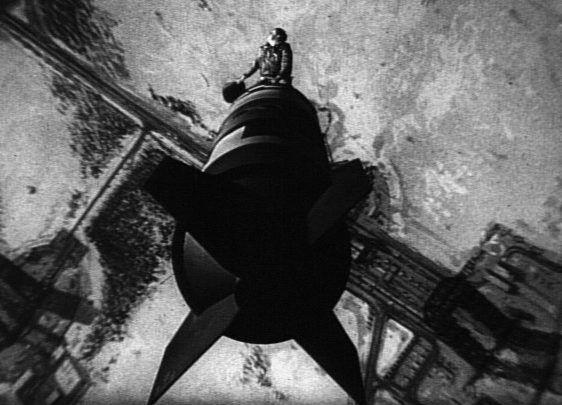
Of the end, Ebert wrote: “What Kubrick is saying, in the final sequence, apparently, is that man will eventually outgrow his machines, or be drawn beyond them by some cosmic awareness. He will then become a child again, but a child of an infinitely more advanced, more ancient race, just as apes once became, to their own dismay, the infant stage of man.”
Since 1968, theories have raged over whether the end of 2001 was a depiction of the meaning of life, or something else entirely.
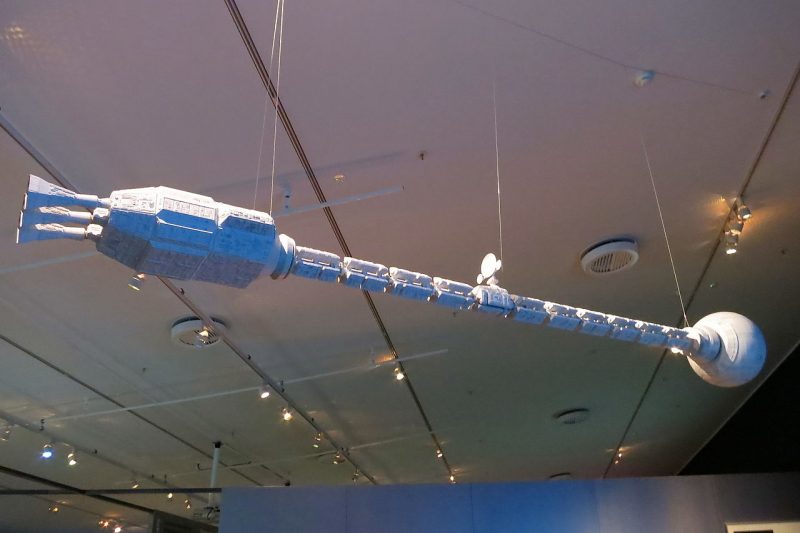
One person who wasn’t explaining the end of the film was Kubrick himself, despite many pleas. He said he wanted to avoid over-intellectualizing and instead reach the viewer’s subconscious.
Kubrick died in 1999. But a lost interview has just surfaced in which the acclaimed director does indeed talk about the end of 2001.
Stanley Kubrick’s classic film ‘2001: A Space Odyssey’ has its trailer released in time to coincide with the film’s original release 50 years ago.
The interview was conducted by Japanese filmmaker Jun’ichi Yaoi, who in 1980 was making a documentary about the paranormal and received permission to visit the set of Kubrick’s film The Shining. He interviewed the director there about several of his films, including 2001.
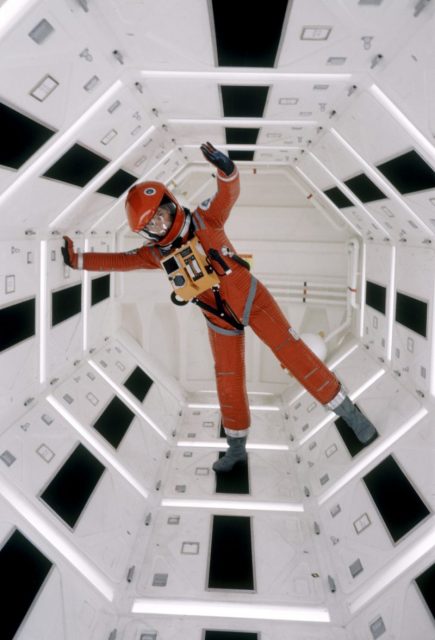
Strangely, the documentary was never officially released. Reportedly, a VHS of the footage sold on eBay in 2016. In July 2018 the video appeared online and soon went viral.
In his own words, Stanley Kubrick on the ending of his film 2001: A Space Odyssey:
“I’ve tried to avoid doing this ever since the picture came out. When you just say the ideas they sound foolish, whereas if they’re dramatized one feels it, but I’ll try.”
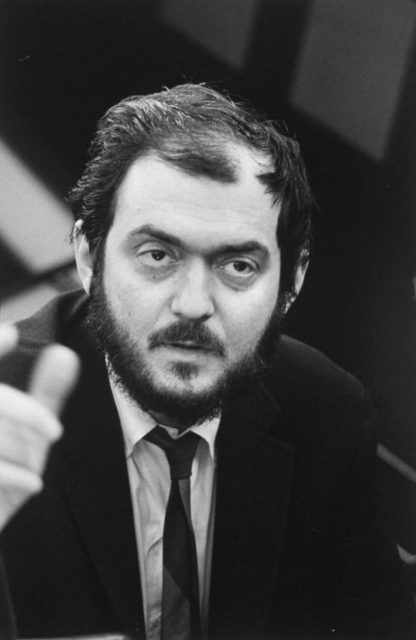
“The idea was supposed to be that he is taken in by god-like entities, creatures of pure energy and intelligence with no shape or form. They put him in what I suppose you could describe as a human zoo to study him, and his whole life passes from that point on in that room. And he has no sense of time. It just seems to happen as it does in the film.
They choose this room, which is a very inaccurate replica of French architecture — deliberately so, inaccurate — because one was suggesting that they had some idea of something that he might think was pretty, but wasn’t quite sure. Just as we’re not quite sure what do in zoos with animals to try to give them what we think is their natural environment.”

“Anyway, when they get finished with him, as happens in so many myths of all cultures in the world, he is transformed into some kind of super being and sent back to Earth, transformed and made into some sort of Superman.
Read another story from us: Riddle Me! What were Batman & The Riddler doing at a Hollywood orgy?
We have to only guess what happens when he goes back. It is the pattern of a great deal of mythology, and that is what we were trying to suggest.”
Nancy Bilyeau, a former staff editor at Entertainment Weekly, Rolling Stone, and InStyle, has written a trilogy of historical thrillers for Touchstone Books. For more information, go to www.nancybilyeau.com.
